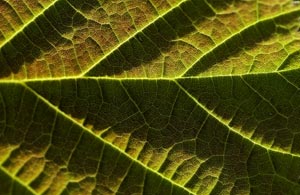
Copyright © John Tollefsen
Original leaf photo: absolutely nothing wrong with this image, but I wanted to share alternate ideas for working with this subject.
Photographically, I happen to be one of the luckiest people in the world and I really owe it to several circumstances and the people who helped me during those times.
First, and in the beginning there was my Mom. She would get more than tired of me at times and would tell me to go outside and watch the grass grow. Well, since I was a pretty obedient kid, I took her at her word and would spend an hour or so in the grass in the back yard watching and observing. I literally watched the grass grow and all of the friendly little critters that came with those hours of observation.
Then, there was my 5th grade teacher who gave us a drawing assignment one day. She had an orchid in a vase on her desk and as we were busy working on drawing the orchid, she came up somewhere behind me and said these words, “Oh, I see we have an artist in the classroom!” I don’t know if she meant me or if she even remembered 3 seconds later what she said, but I took her casual remark very personally and with those magic words she gave me her permission and her blessing to become “an artist”. And since “artists” could try and do almost anything, she removed all sense of following “rules” from my head, because what made a creative person, an artist, was the ability to successfully break the rules.
There were so many other photographic mentors and teachers in my life and from many casual comments and challenges, my life path led me to teaching photography and to the wonderful opportunity to share my knowledge in a special way with my students.
In the companion article to this one, I introduced an exercise that helps you learn to see with your other senses. Cathy Pinder was kind enough to let me share her experience and some of her images with an exercise that I love to give to students. Take a look at that article (Learning to “See” with our other senses) and give it a try … then share your experiences with me as well. I would love to hear from you.
I have another exceptional student and his work is outstanding. I would like to introduce John Tollefsen from Norway. In our class “Design Elements: Texture and Pattern”, he photographed a leaf and a feather. Like Cathy, John allows me on occasion to “borrow” some of his images so I can play around and crop them. I wanted to share some of John’s images as well as show you the transformation that you can make in your own images by doing another great exercise.
My original challenge to John was to post a few images where the pattern was used to highlight the texture of the object. He produced some wonderful shots. Because of John’s engineering background, I wanted him to break free of his education and background inclinations for a little bit and just “go wild”. To show him what I meant, I pulled out of his lesson his wonderful image of the leaf above and illustrated some crops that I thought would change his images and perhaps open his eyes to another creative process and another way of looking at things.
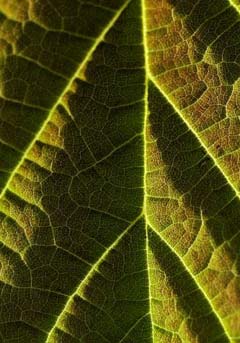
Copyright © John Tollefsenm
Noella cropped just a little and turned the image to a vertical with the center line of the leaf just slightly tipped to give it a more dynamic look.
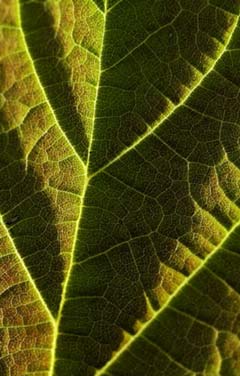
Copyright © John Tollefsen
I reversed the exact same image as #2 by doing a 180 degree spin and although identical crops, they look different.
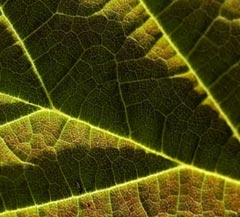
Copyright © John Tollefsenm
This time Noella did a square crop and a real diagonal on the center line.
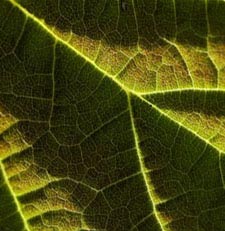
Copyright © John Tollefsen
Again, I just did a 180 spin and the appearance of the leaf is entirely different.
NOW IT’S JOHN’S TURN…
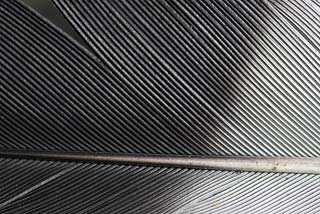
Copyright © John Tollefsen
John’s original feather photo.
Then I asked him to take one of his feather shots and try the cropping exercise. He went back to work, did some cropping to make the image work in a variety of ways. The whole idea of this exercise is to push yourself past the way you normally look and think about your images. It is difficult to break old patterns and give yourself permission to find “new images” within your own photographs. As you progress, you can do this with many kinds of photographs and you will find that your ability to see more clearly has been transformed. By eliminating unnecessary parts of a scene or subject as well as learning to look at something in a different way will strengthen your compositions dramatically.
Take a look at John’s work and his progress and think about your own images and how “creative cropping” can change the balance and the impact of your images. Please keep in mind that there are no rights or wrongs here, just alternate ways of presenting what you see.
Here are John’s words about this assignment, “I have included some cropped photos of a feather. I used the crop tool to isolate an interesting part of the original file quickly and easily. Then, I turned the cropped photos around until I found something I liked.”
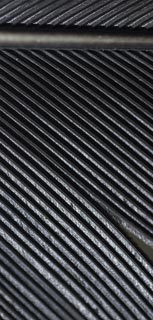
Copyright © John Tollefsenm
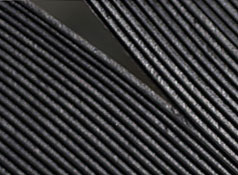
Copyright © John Tollefsen
John’s shots were terrific, but I saw one that I couldn’t resist. So often, when taking an image we want perfection– no little flaws allowed. But in this image the small split in the feather was calling to me and I just couldn’t resist adding one more to his group. The lesson here is to learn to work with what you see and what you photograph.
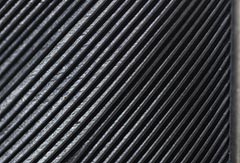
Copyright © John Tollefsenm
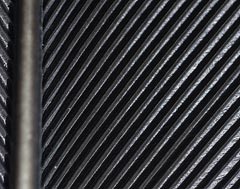
Copyright © John Tollefsen
Find some of your own great photos that you have taken, take another look and find the hidden photos within those photos—you’ll be pleasantly surprised.
by Noella Ballenger

Leave a Reply